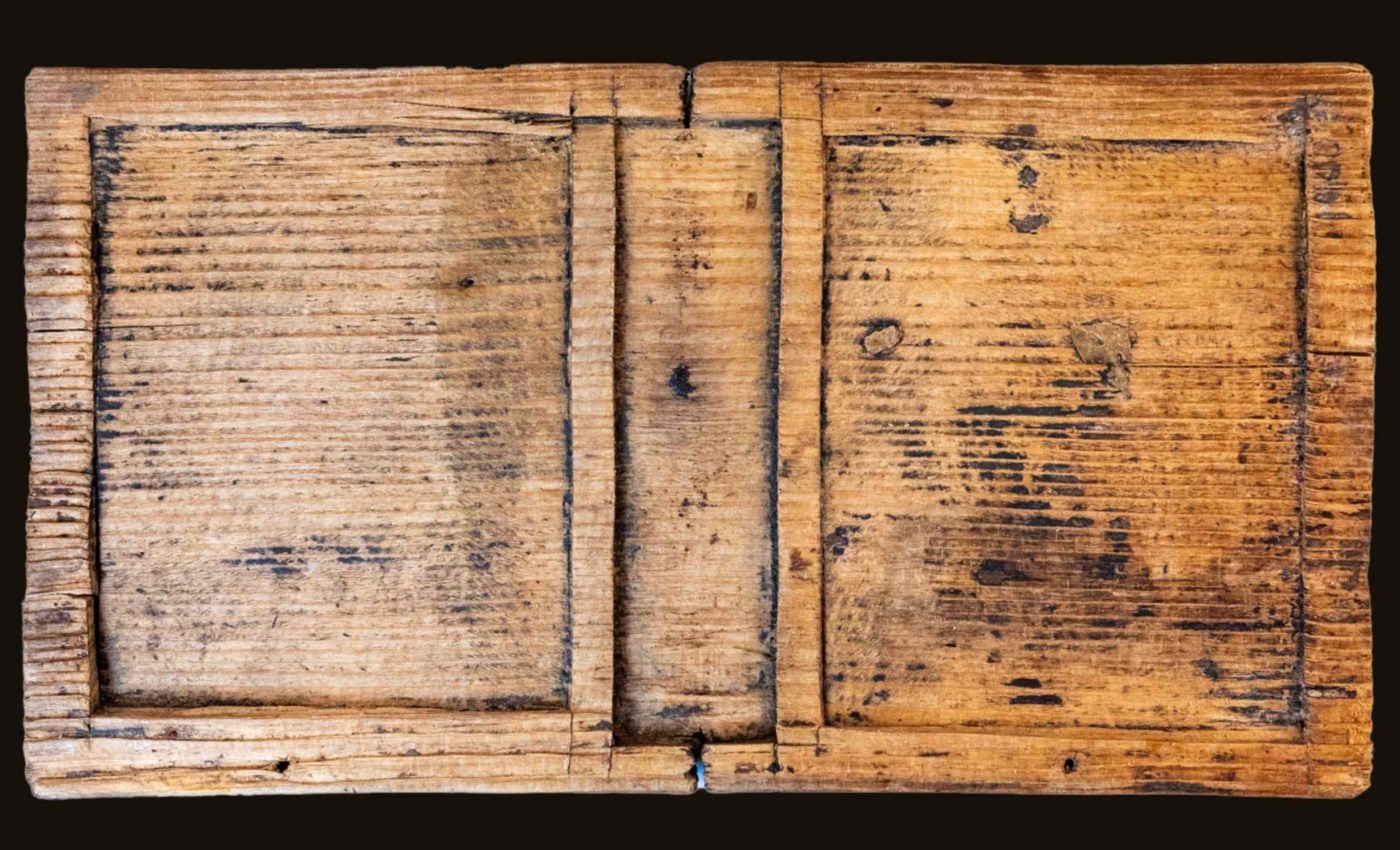
Archaeologists found Roman writing tablets, combs, and children's shoes completely intact
Archaeologists working in eastern France have uncovered at least fifteen Roman wooden writing tablets from the bottoms of ancient wells in Izernore. The tablets survived because the wells stayed waterlogged and dark, which slowed decay for nearly two millennia.
The same wells also protected small wonders of daily life, including children’s wooden shoe soles, carved combs, spindle whorls, and tiny boxes. Each object adds a new detail to a community once known as Isarnodurum.
Water wells and Roman tablets
Lead fieldwork was directed by Emmanuel Ferber of the National Institute for Preventive Archaeological Research (INRAP).
Inrap reports that at least fifteen tablets emerged in fragments, and that local manufacturing is a real possibility.
Workshop remains include wood offcuts, turning shavings, preforms, and finished items that point to organized production.
Many pieces are in boxwood, a favorite for small carved goods because it cuts cleanly and holds fine details.
The wells also yielded everyday pieces tied to grooming and clothing. Finds include double-toothed comb blanks and small cylindrical containers called pyxides, which were handy for storing cosmetics or tiny tools.
Isarnodurum sat on a busy corridor linking Lyon to Alpine passes and northern Italy. That location helped crafts move quickly between workshops and distant buyers.
Why wet wells keep wood alive
Wood rarely survives in the ground unless oxygen is kept away from microbes that eat it. Waterlogged fill can create anoxic (oxygen-less) pockets that protect wood for centuries.
This preservation principle is well known from Roman London, where damp river silts safeguarded hundreds of tablets. Izernore’s wells created a similar protective capsule by sealing artifacts under cool, saturated layers.
Local geology also helped. A shallow water table sitting above tight clay kept these wells wet long after households stopped drawing water, which locked in the oxygen-poor conditions that favor survival.
When a well finally became a trash pit, its dark, wet fill acted like a vault. Wood, seeds, and even fine tool marks remained intact long enough for scientists to study them today.
Writing in wax and ink
Romans wrote on two main kinds of tablet. One type carried a shallow recess filled with wax for stylus writing, while the other used ink on thin wooden leaves that could be folded and tied like a booklet.
Both forms are known across the empire, and the Vindolanda tablets illustrate how soldiers and families used ink on wood for letters and lists. Stylus tablets served tasks that were revised often, like accounting and school exercises.
Izernore adds a rare local angle. One tablet from the wells preserves several lines of ink still visible on the wood, as shown in published figures by the excavation team.
Some leaves were single, while others were joined into a codex. Marks carved on the backs of a few pieces may record owner names or workshop signs.
Roman tablets, small shoes, big clues
Archaeologists also uncovered two small maple wood soles belonging to a child’s shoes near the tablets. These rare artifacts, sized for a child around four to five years old, stand out as exceptional examples of Roman-era footwear seldom found in archaeological records.
These soles belong to what’s called sculponae, these are wooden-soled shoes with leather straps that raised the foot above mud and wet streets.
The design choices show thoughtful engineering for small active wearers by including nails along the edge and a thong between the toes.
The pair also hints at household budgets and craft networks. Maple is common in the region, and the mix of nailed and thong fastenings suggests local makers adjusted designs for comfort, cost, or fashion.
The footwear sits neatly beside the writing kit. Together, they point to families who managed work, school, and trade in a compact Roman town with access to regional routes.
Local workshop takes shape
The density of comb blanks and turning waste argues for a specialized woodshop close to its raw materials. Boxwood combs demand tight tooth spacing and precise cuts, which match the fine-grained feel of the wood.
Tools and waste sketch a clear sequence, from branch to blank to finished piece. The same shop could have turned pyxides and ring-shaped spindle whorls for textile work, then moved on to other household items when orders changed.
Tablet fragments deepen the picture. Slats that look like offcuts and a rough draft leaf fit the pattern of a shop testing codex, early book of stacked leaves tied at one edge, formats for local buyers. If true, the wells preserve both products and shop-floor scraps.
Evidence for fir and spruce points to upland forests feeding the craft. Proximity to stands of hard, straight-grained wood would have lowered costs and kept workflows smooth in a preindustrial town.
From field to lab
Once recovered, the waterlogged pieces demanded careful treatment. A specialist xylologist studied the growth rings and surfaces to reconstruct choices made by both carpenters and users.
Stabilization replaced water in the wood with protective compounds, then froze and dried the objects to lock in shape. That intervention made the tablets and soles safe to handle and study without collapse.
Archaeologists documented everything, from the depth of each well layer to tiny graffiti scratched on the back of a tablet. Those records anchor the objects in time and space, which is essential for building a trustworthy history.
The Izernore Archaeological Museum and INRAP are sharing the results in a long-running exhibit that brings together 240 years of work at the site. Visitors can see how a small town’s wells kept its stories alive.
—–
Like what you read? Subscribe to our newsletter for engaging articles, exclusive content, and the latest updates.
Check us out on EarthSnap, a free app brought to you by Eric Ralls and Earth.com.
—–













